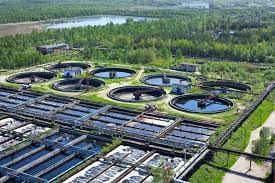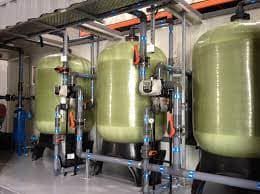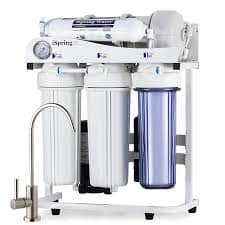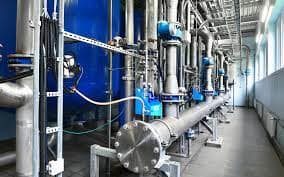Water Treatment Plant
Buy on whatsappDescription
Water is an essential resource for life, and ensuring its cleanliness and safety is crucial for the well-being of communities. Water treatment plants are instrumental in purifying and providing clean water for drinking, industrial use, and maintaining a healthy environment. In this article, we will explore the functions, processes, and significance of water treatment plants in detail.
Importance of Water Treatment Plants
Water treatment plants are responsible for treating both raw water and wastewater to ensure the removal of contaminants, impurities, and harmful substances. The main objectives of water treatment plants include:
- Providing Safe Drinking Water: Water treatment plants are designed to remove various pollutants and pathogens from raw water sources, making it safe for human consumption. Through a series of treatment processes, harmful bacteria, viruses, chemicals, and sediments are eliminated or reduced to acceptable levels.
- Protecting Public Health: By removing contaminants and impurities, water treatment plants help prevent waterborne diseases and protect public health. The removal of pathogens such as E. coli, Cryptosporidium, and Giardia from the water supply significantly reduces the risk of waterborne illnesses.
- Ensuring Adequate Water Supply: Water treatment plants play a crucial role in ensuring a consistent and reliable supply of clean water. They help meet the growing demand for freshwater by treating and distributing water from various sources such as rivers, lakes, and groundwater.
- Environmental Protection: Water treatment plants also contribute to environmental conservation by treating wastewater before it is discharged back into the environment. This process removes harmful pollutants, nutrients, and chemicals from wastewater, reducing the negative impact on ecosystems and water bodies.
Water Treatment Processes
Water treatment plants employ a combination of physical, chemical, and biological processes to purify water. The specific treatment methods may vary based on the quality of the source water and the desired level of purification. The key processes involved in water treatment include:
1. Coagulation and Flocculation
Coagulation is the initial step where chemicals are added to the water to neutralize electrically charged particles, such as dirt, bacteria, and viruses. Flocculation follows coagulation, causing the particles to clump together and form larger particles called floc.
2. Sedimentation
During sedimentation, the floc settles at the bottom of large tanks, allowing the clear water to move forward for further treatment. Sedimentation helps remove larger particles, suspended solids, and some microorganisms.
3. Filtration
Filtration is a critical process where water passes through various layers of filters to remove remaining impurities and particles. This can include sand filters, activated carbon filters, and membrane filters, depending on the level of filtration required.
4. Disinfection
Disinfection is the final step in water treatment, aimed at eliminating or inactivating any remaining pathogens and microorganisms that might be present in the water. Common disinfection methods include chlorination, ultraviolet (UV) radiation, and ozonation.
Conclusion
Water treatment plants are essential for ensuring the availability of clean and safe water for consumption and various other purposes. By employing a combination of purification processes, water treatment plants remove contaminants, protect public health, and contribute to environmental sustainability. Understanding the significance of water treatment plants helps us appreciate the efforts made to provide us with a reliable supply of clean water.
Remember, the proper operation and maintenance of water treatment plants are crucial for their effectiveness. Regular monitoring and adherence to strict quality standards ensure the delivery of high-quality water to communities, promoting health, and well-being.





